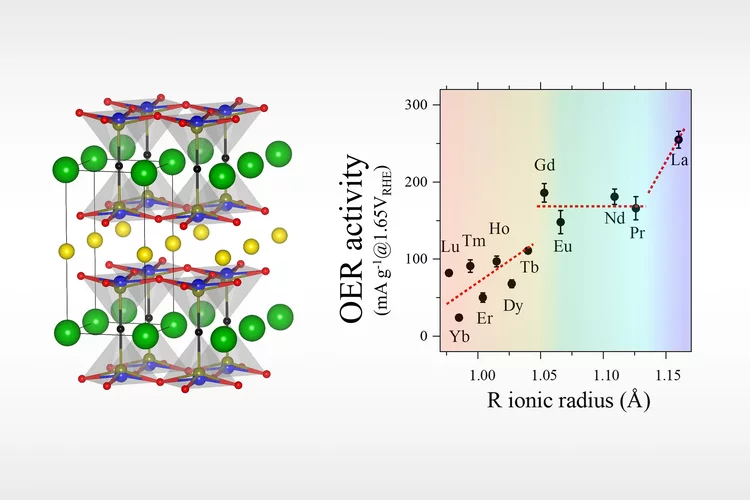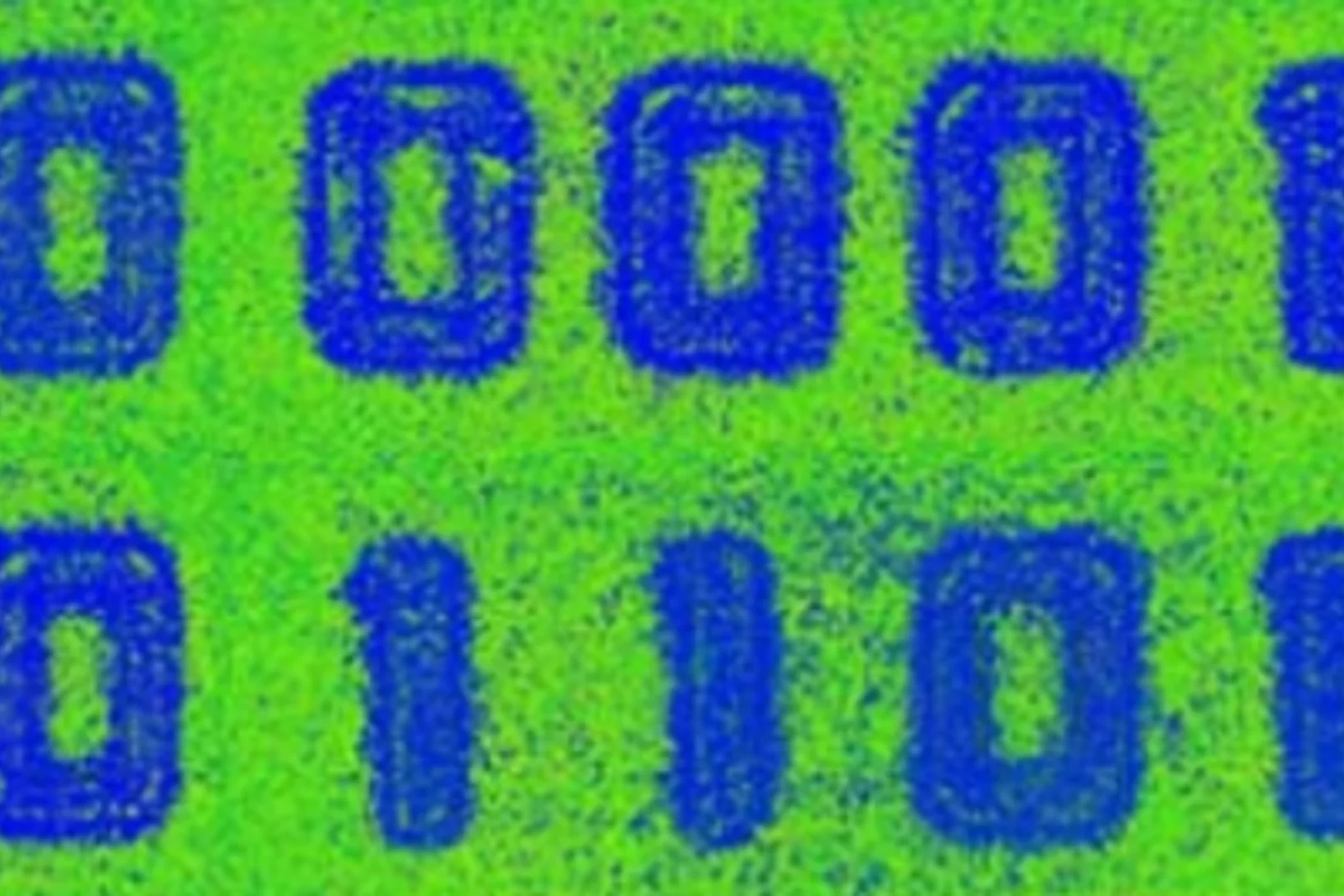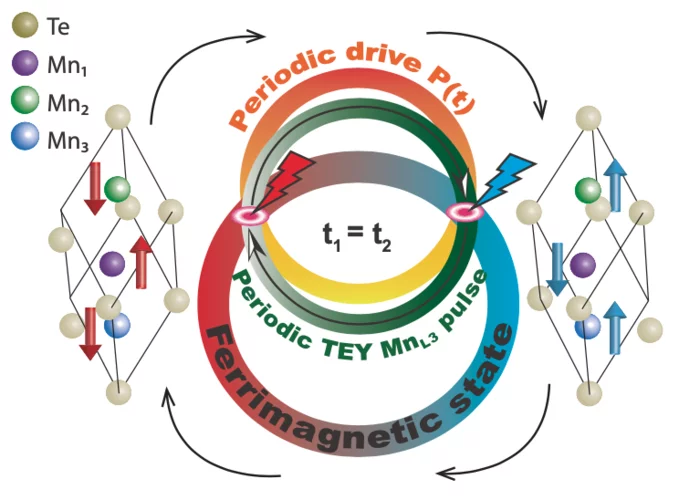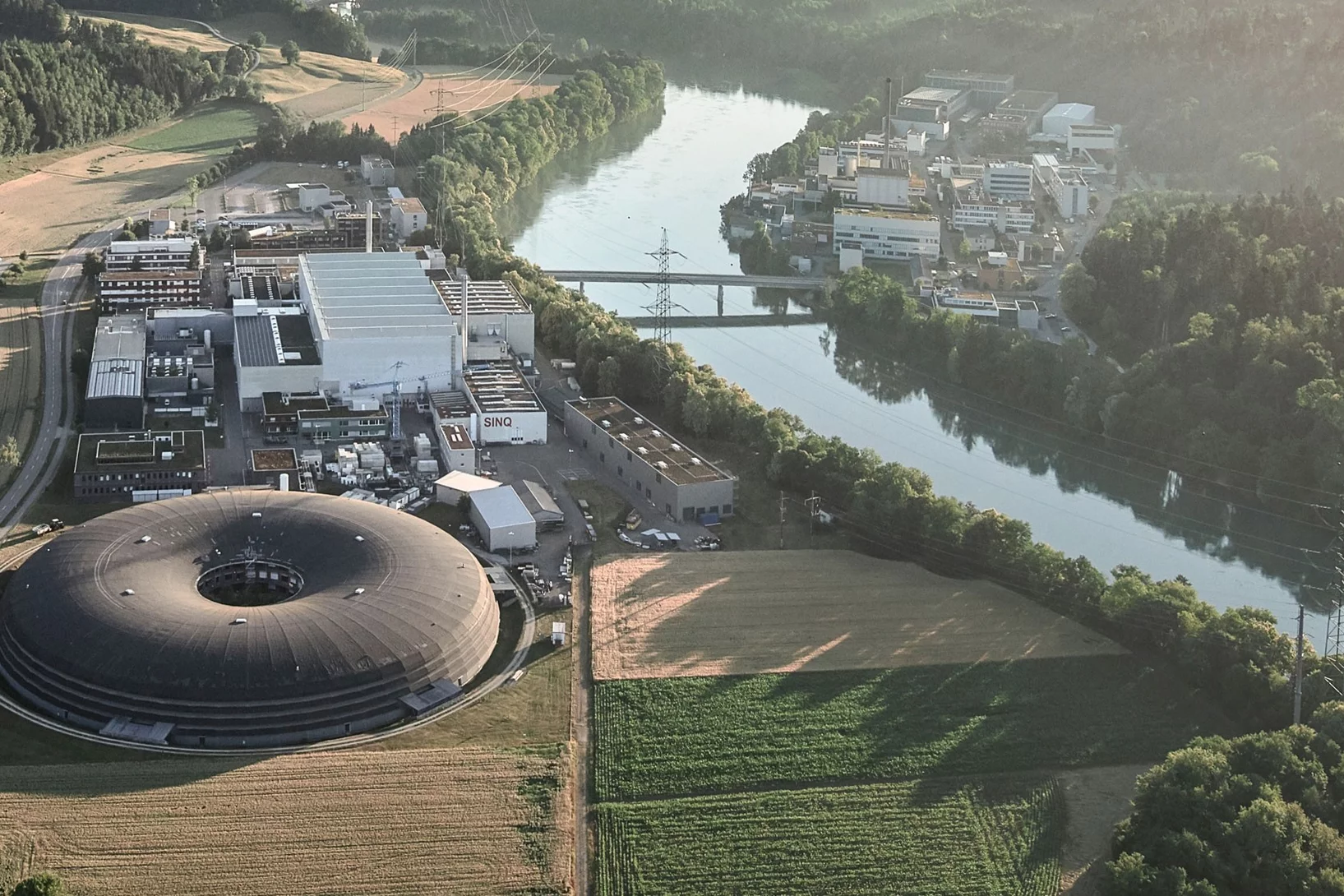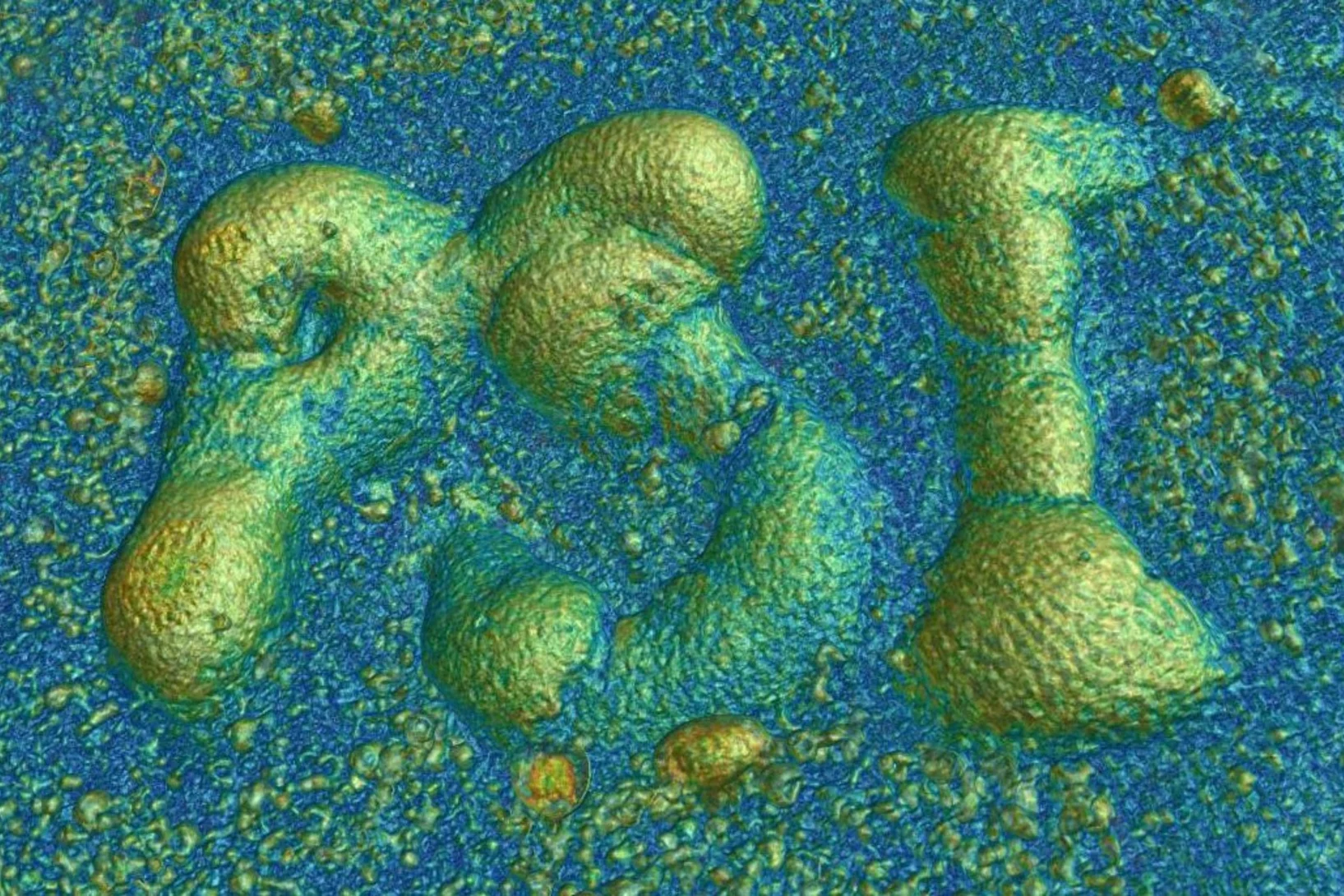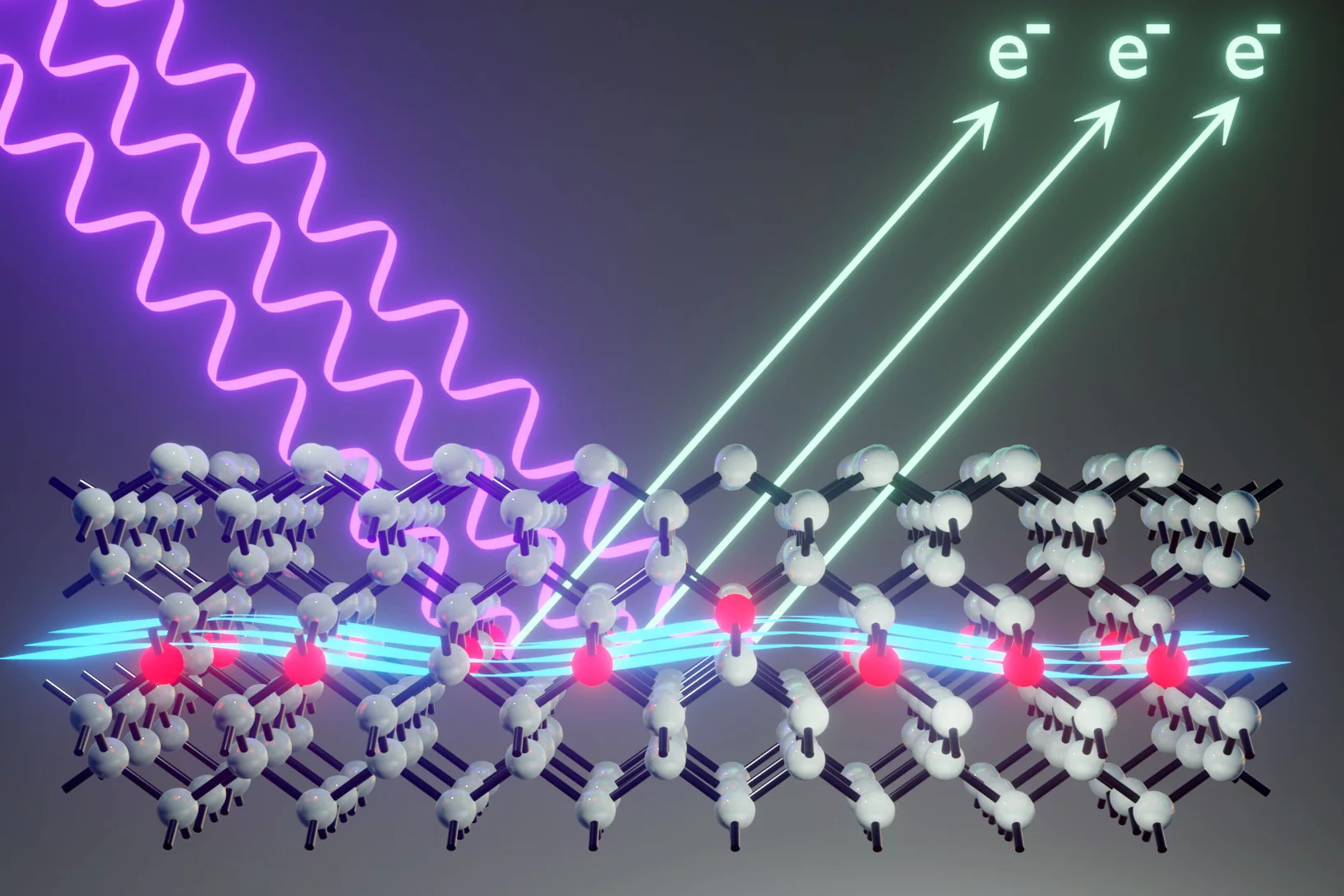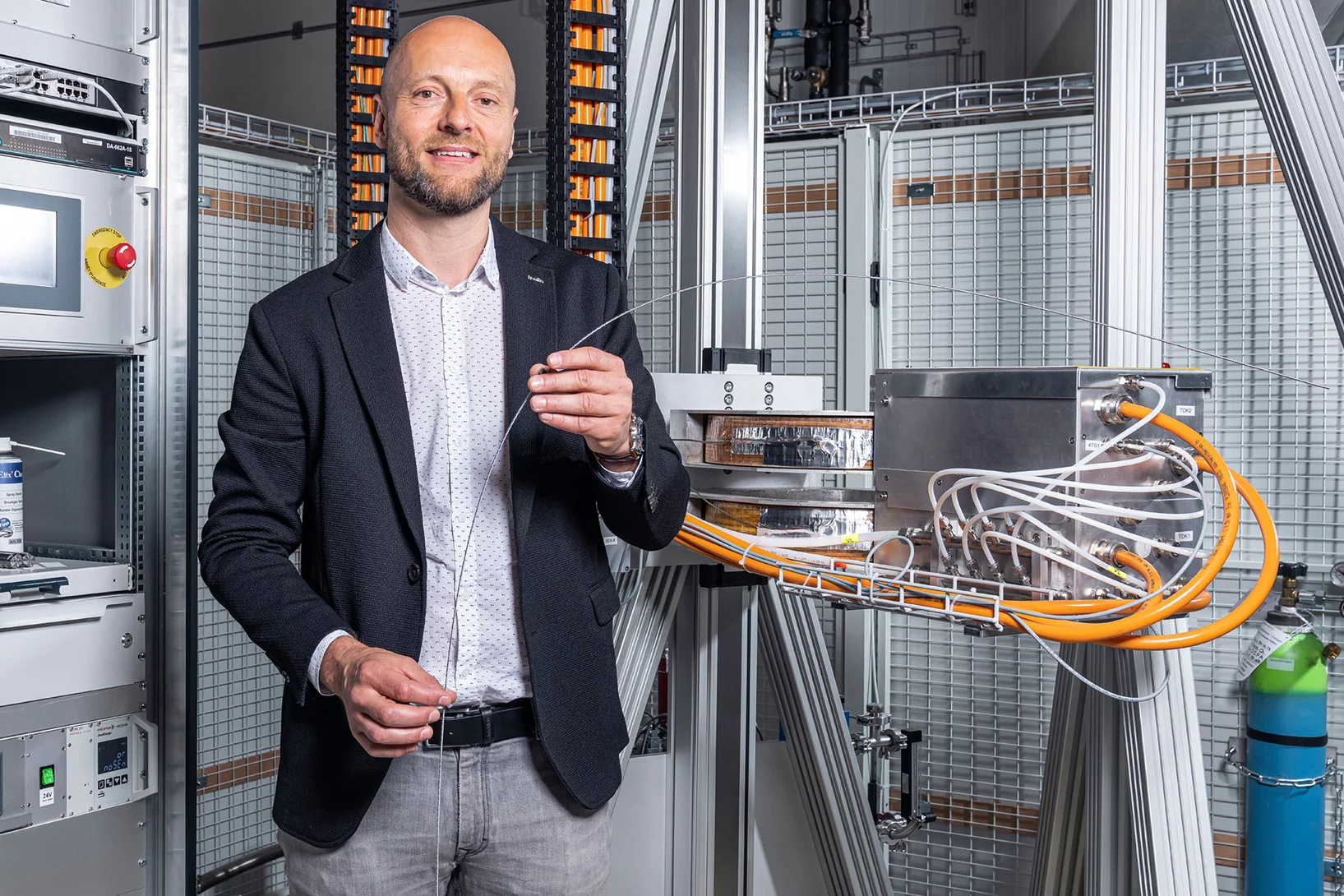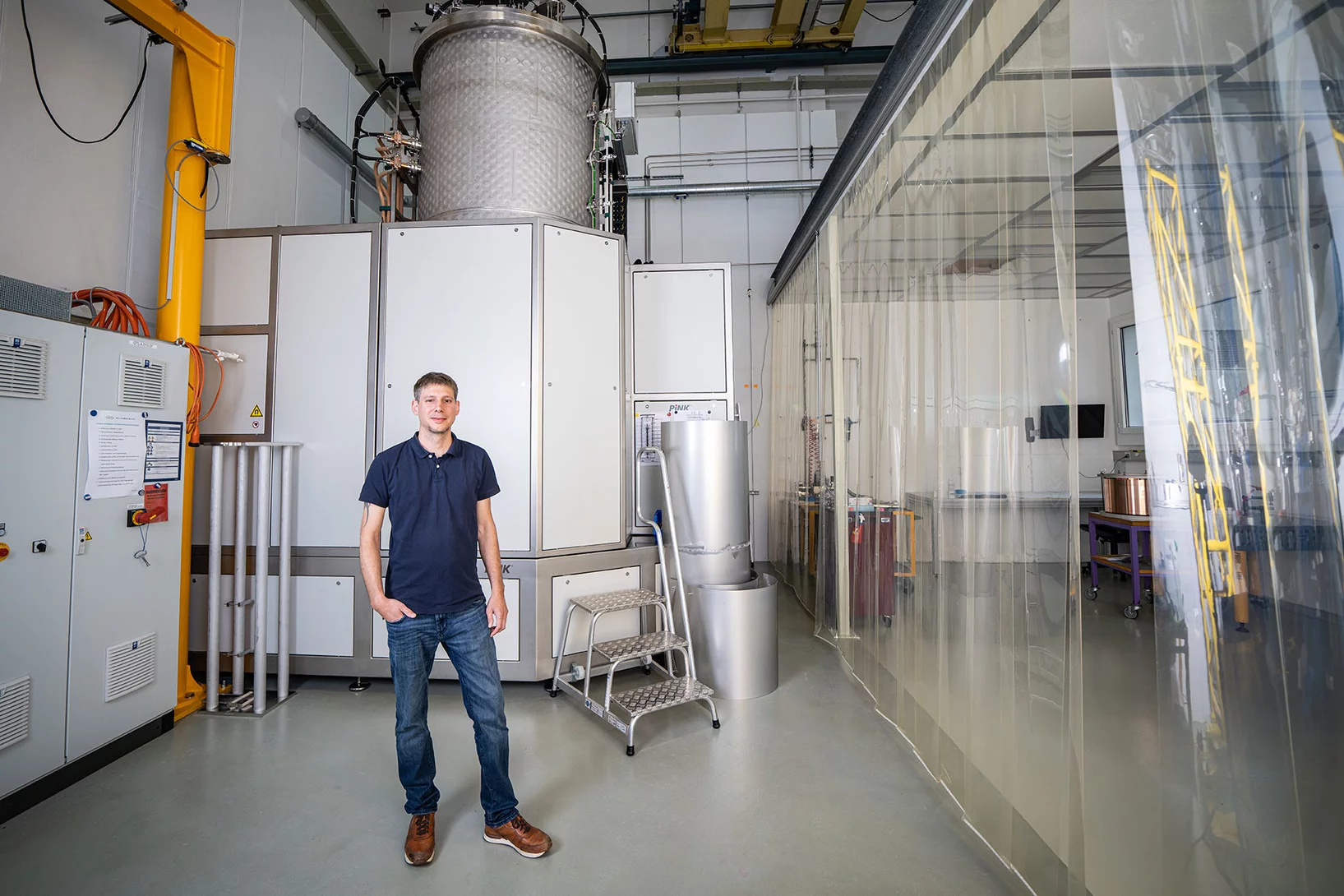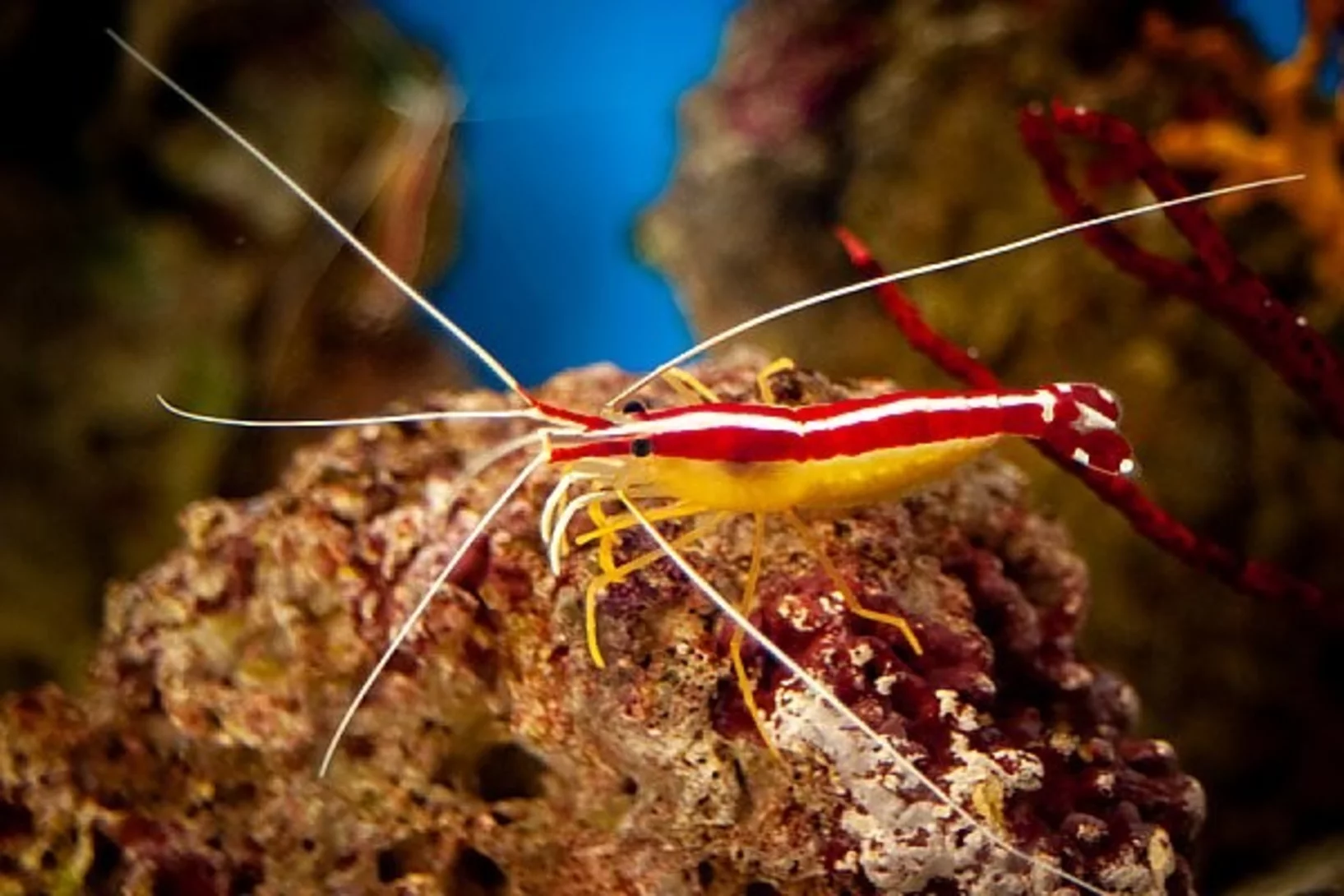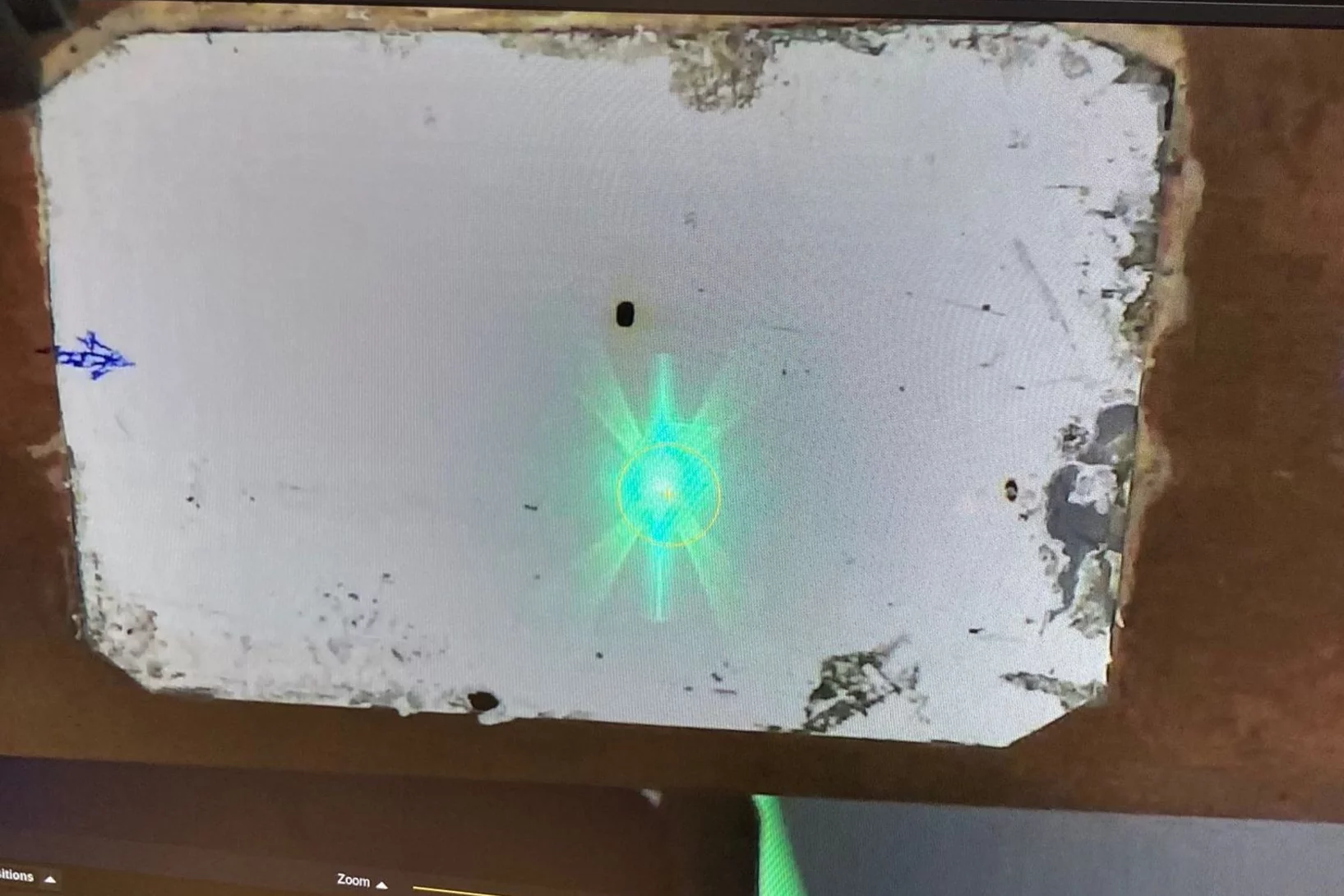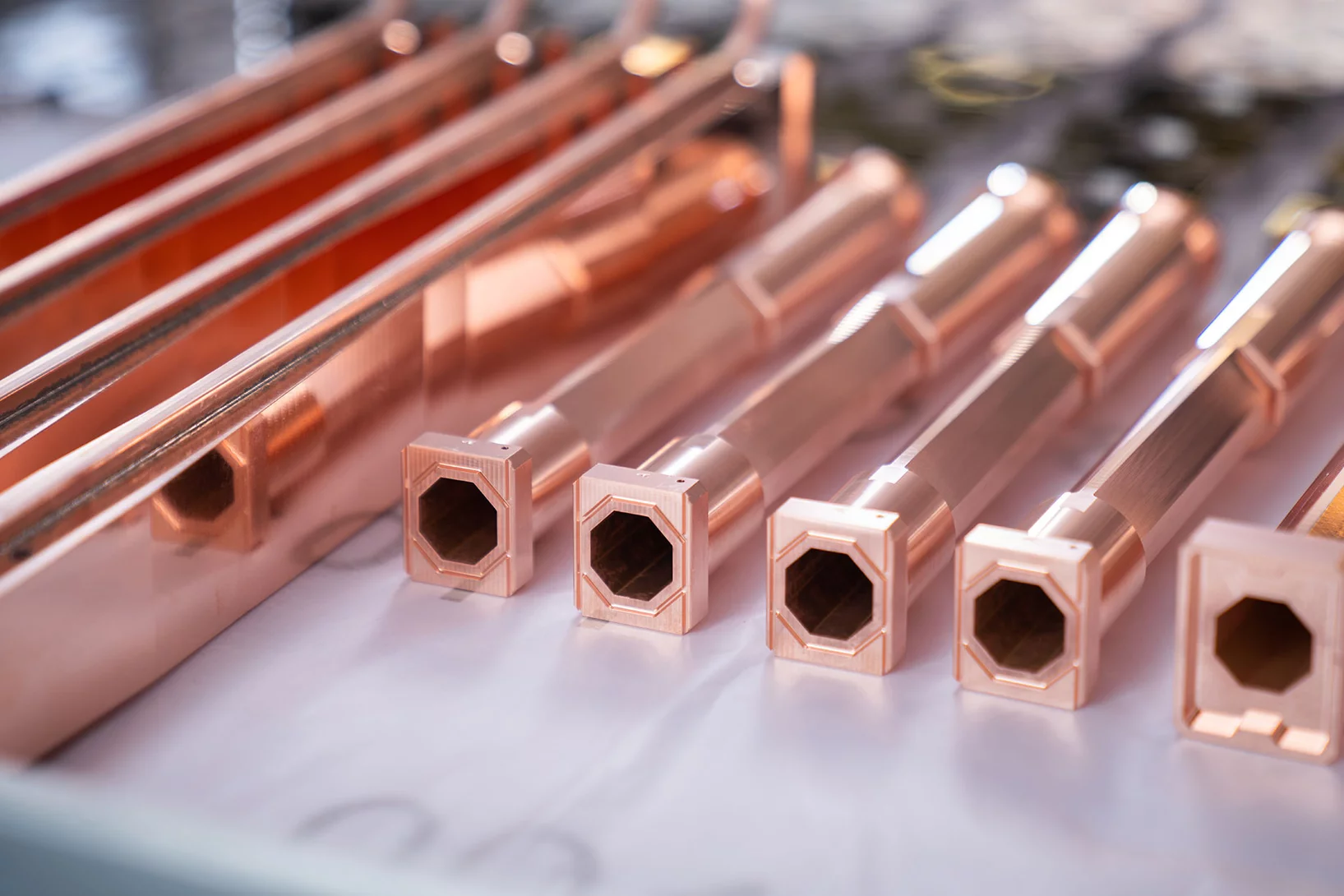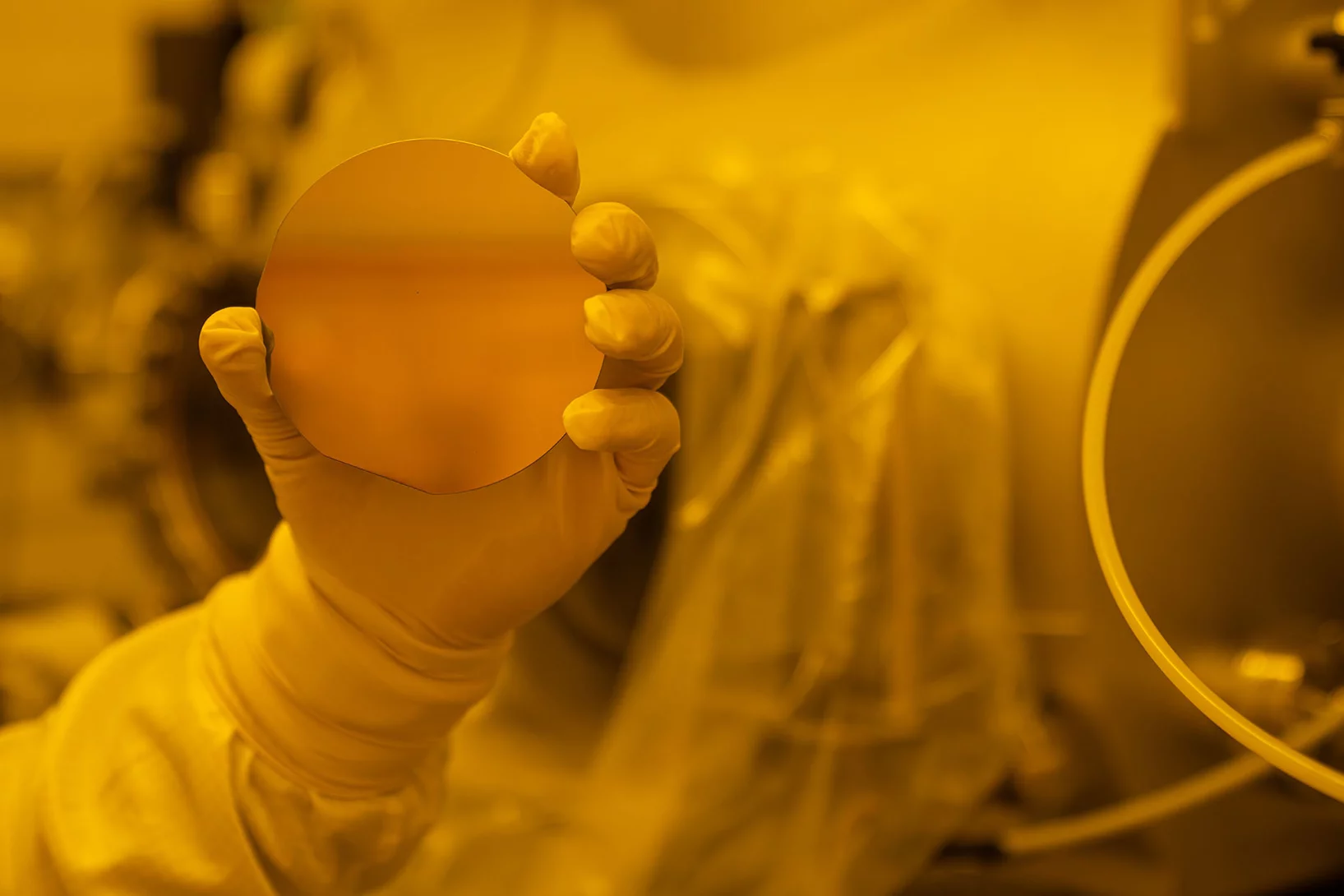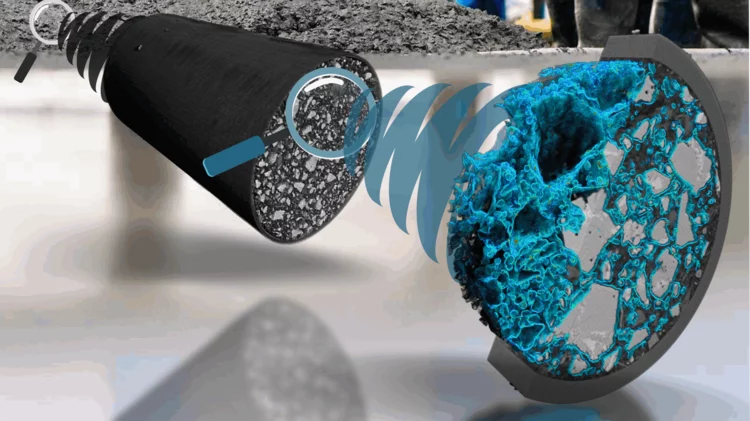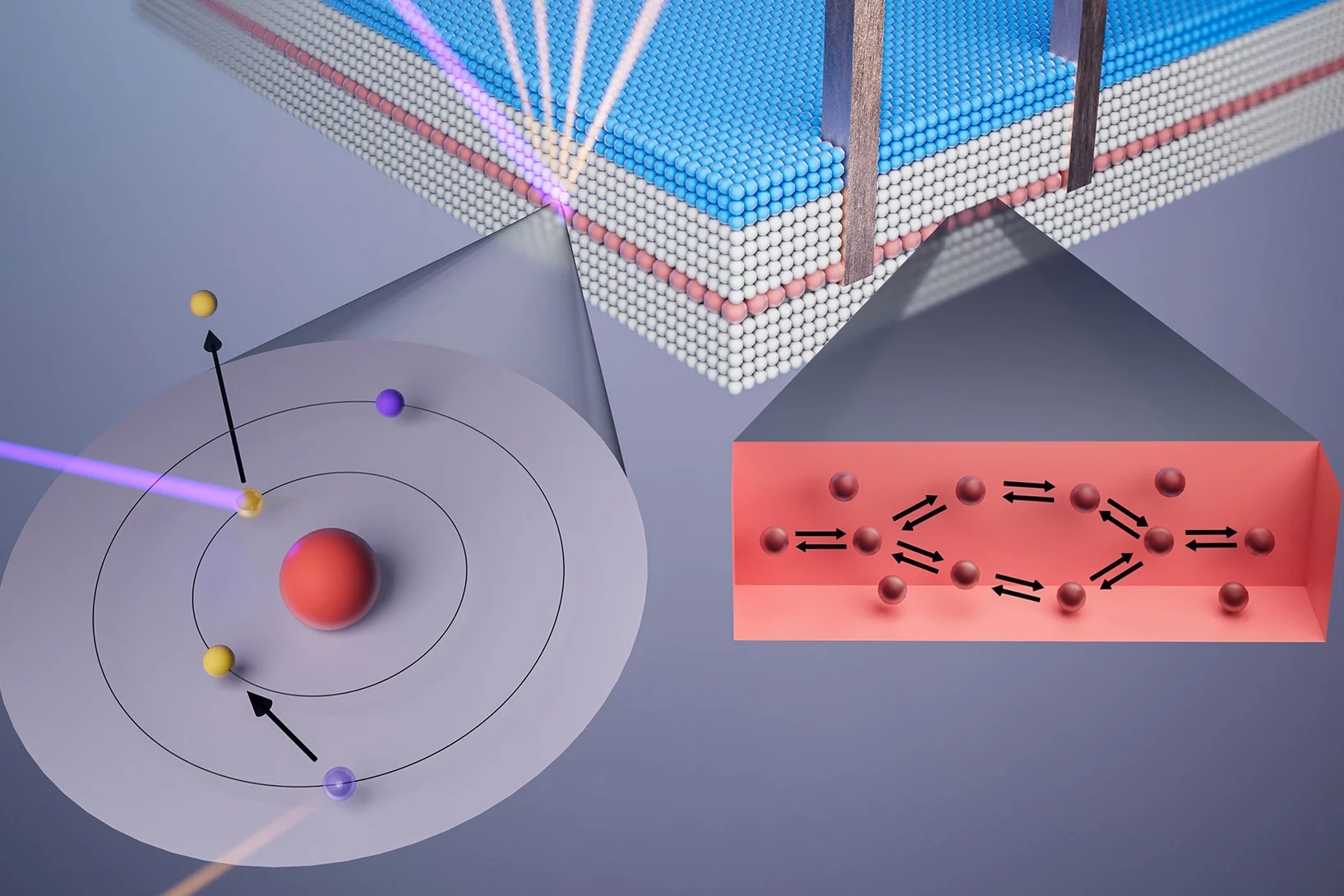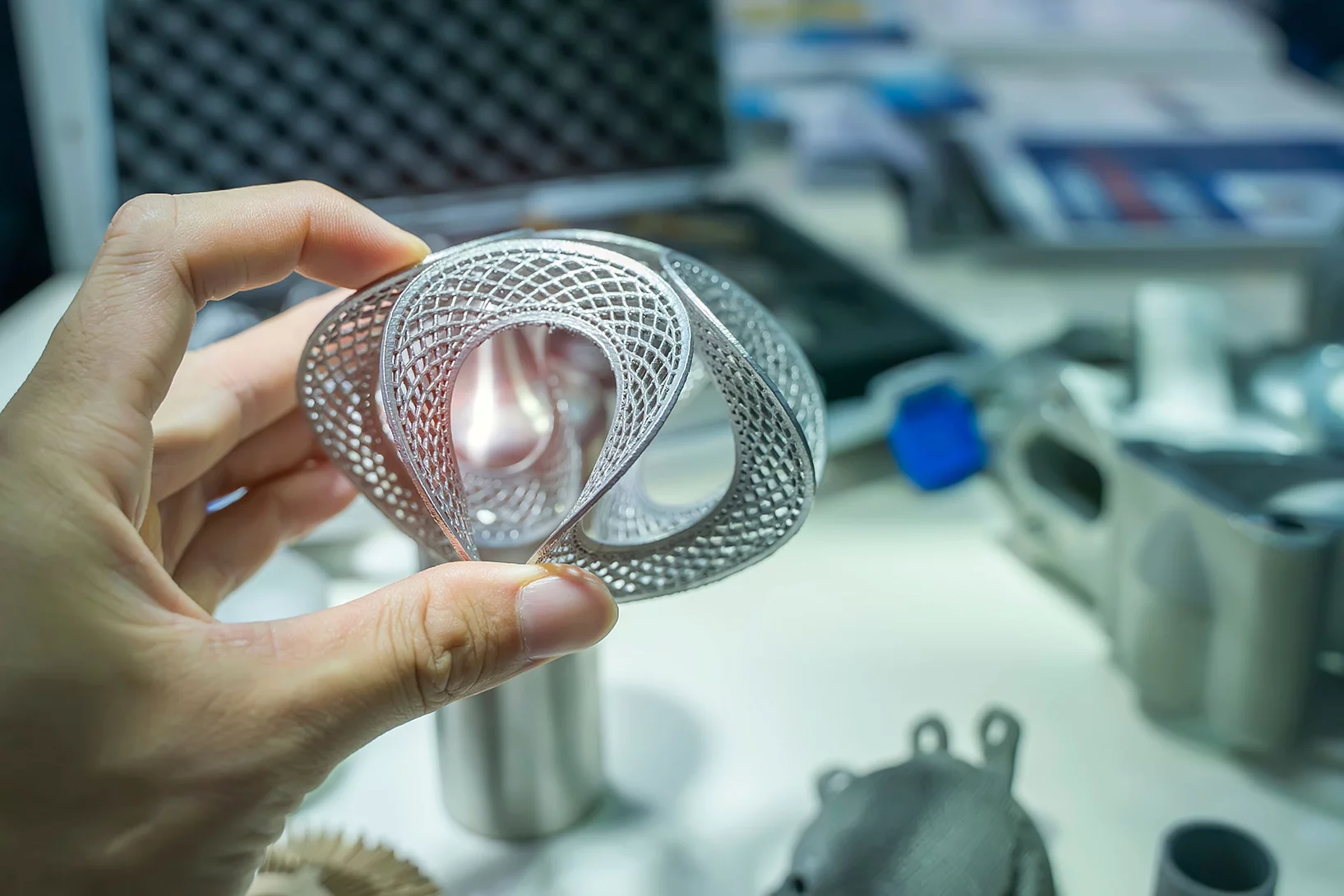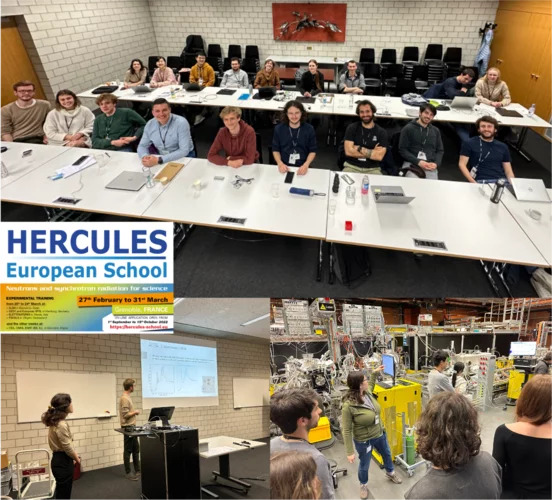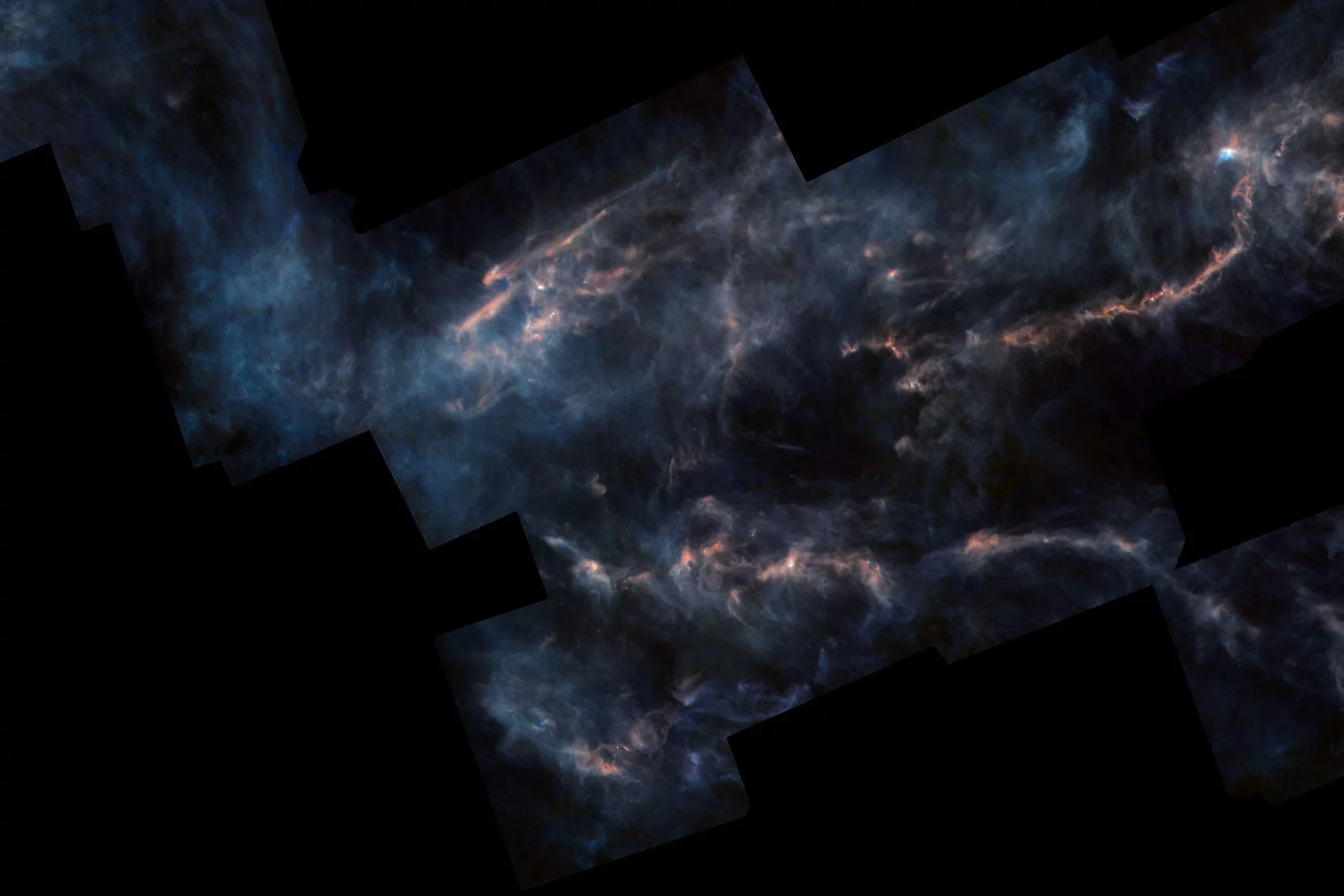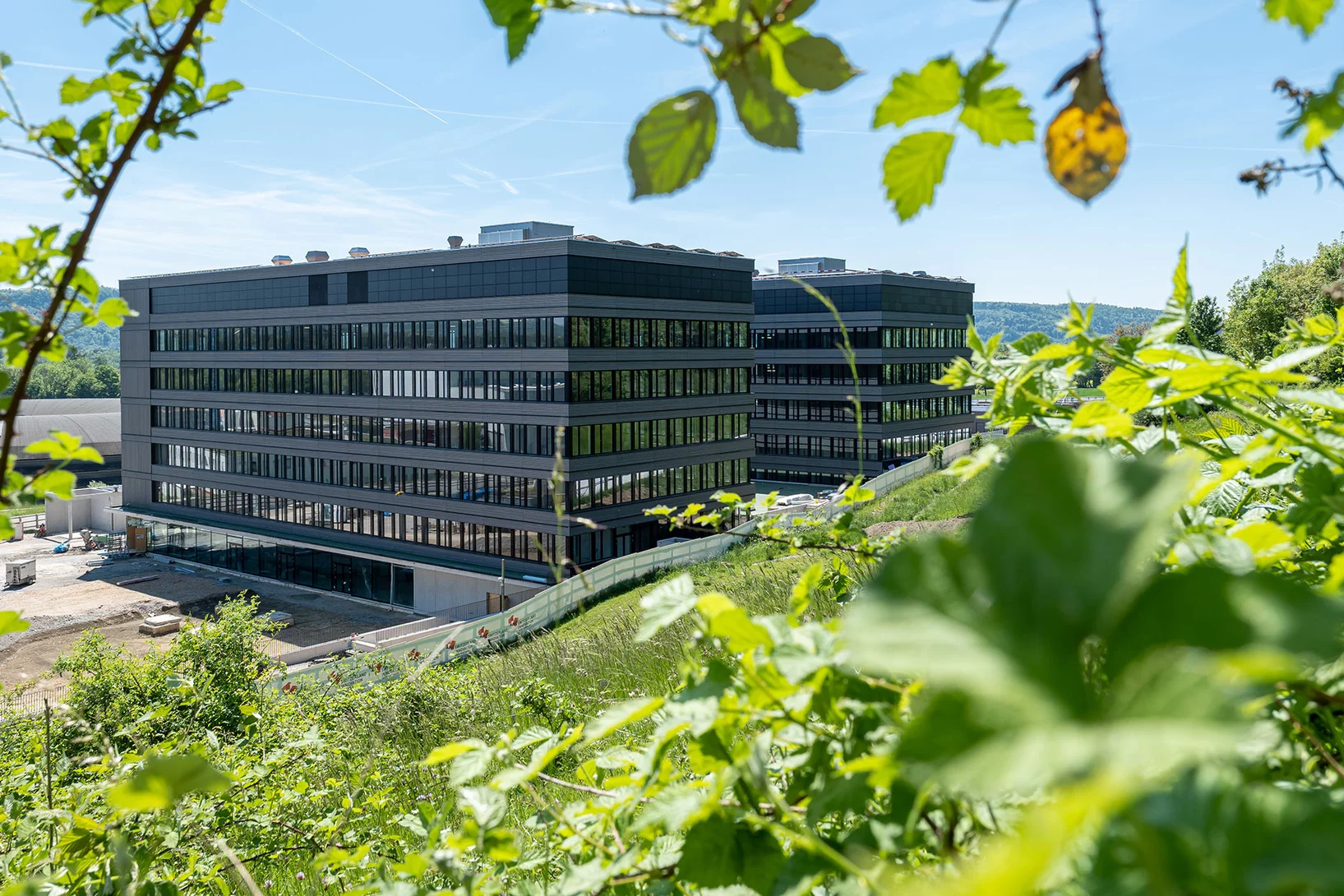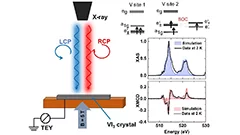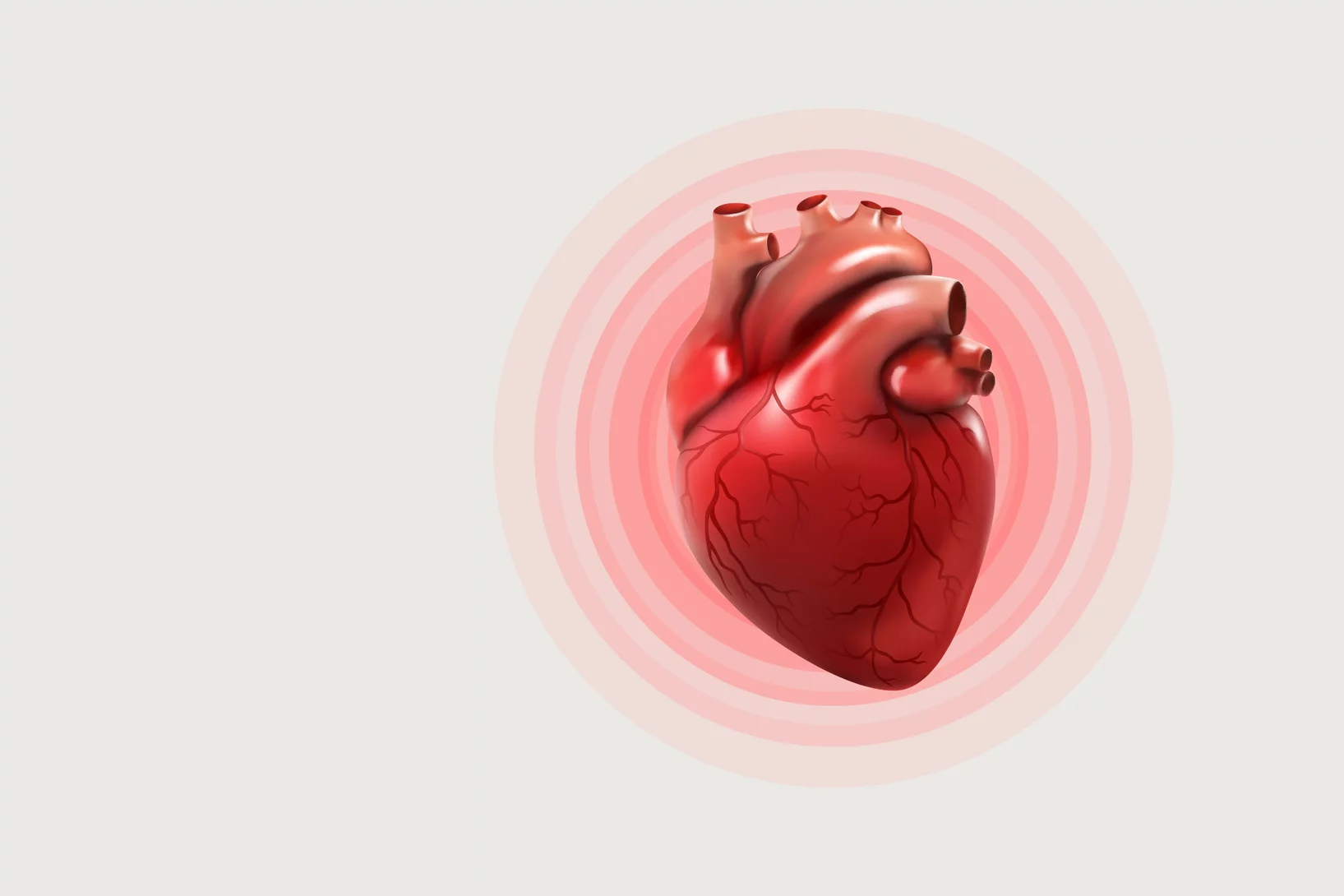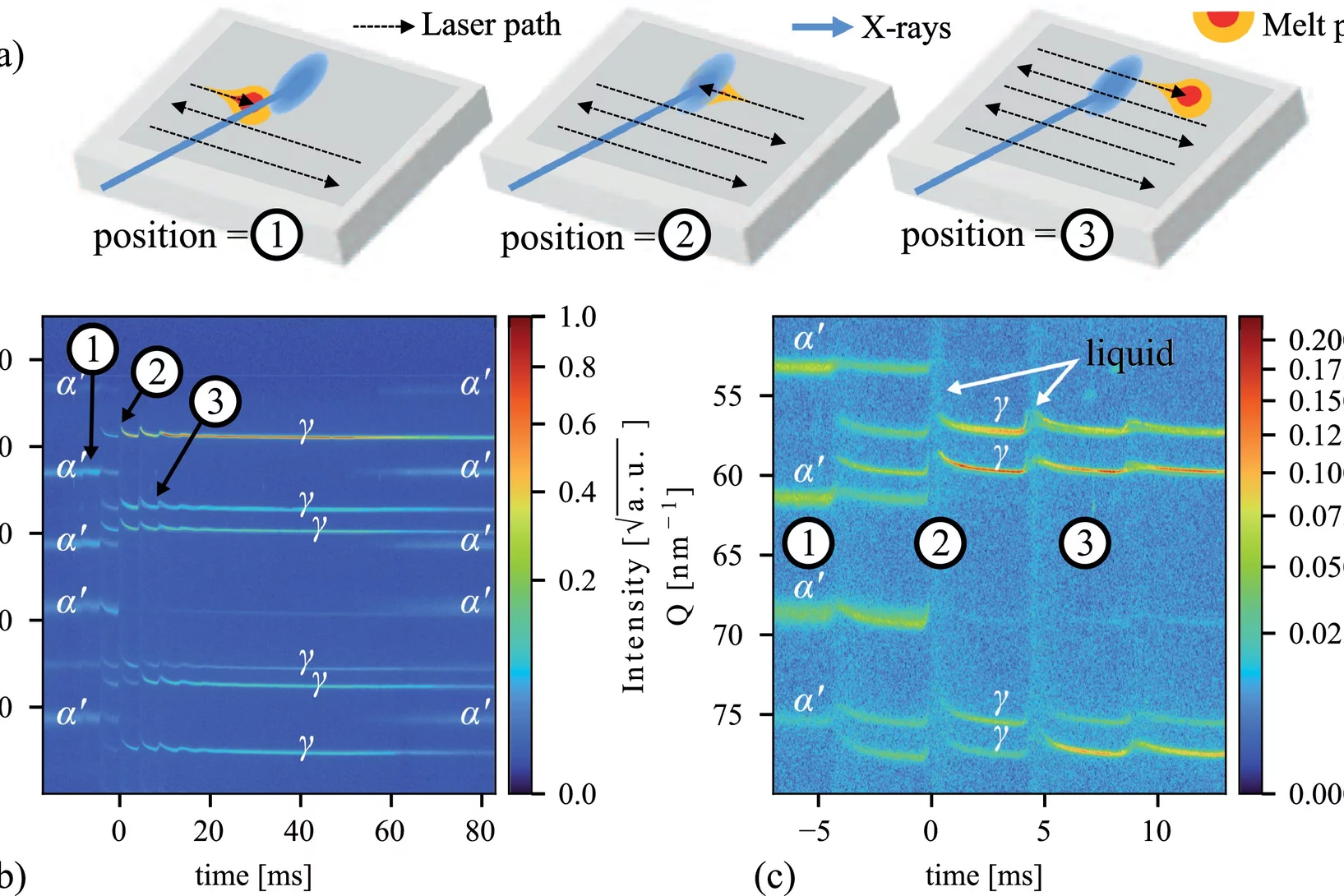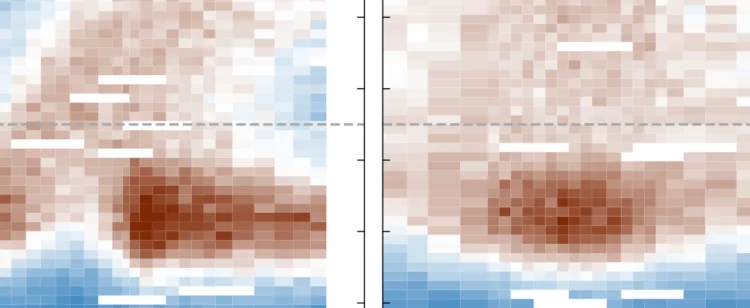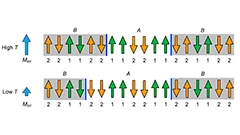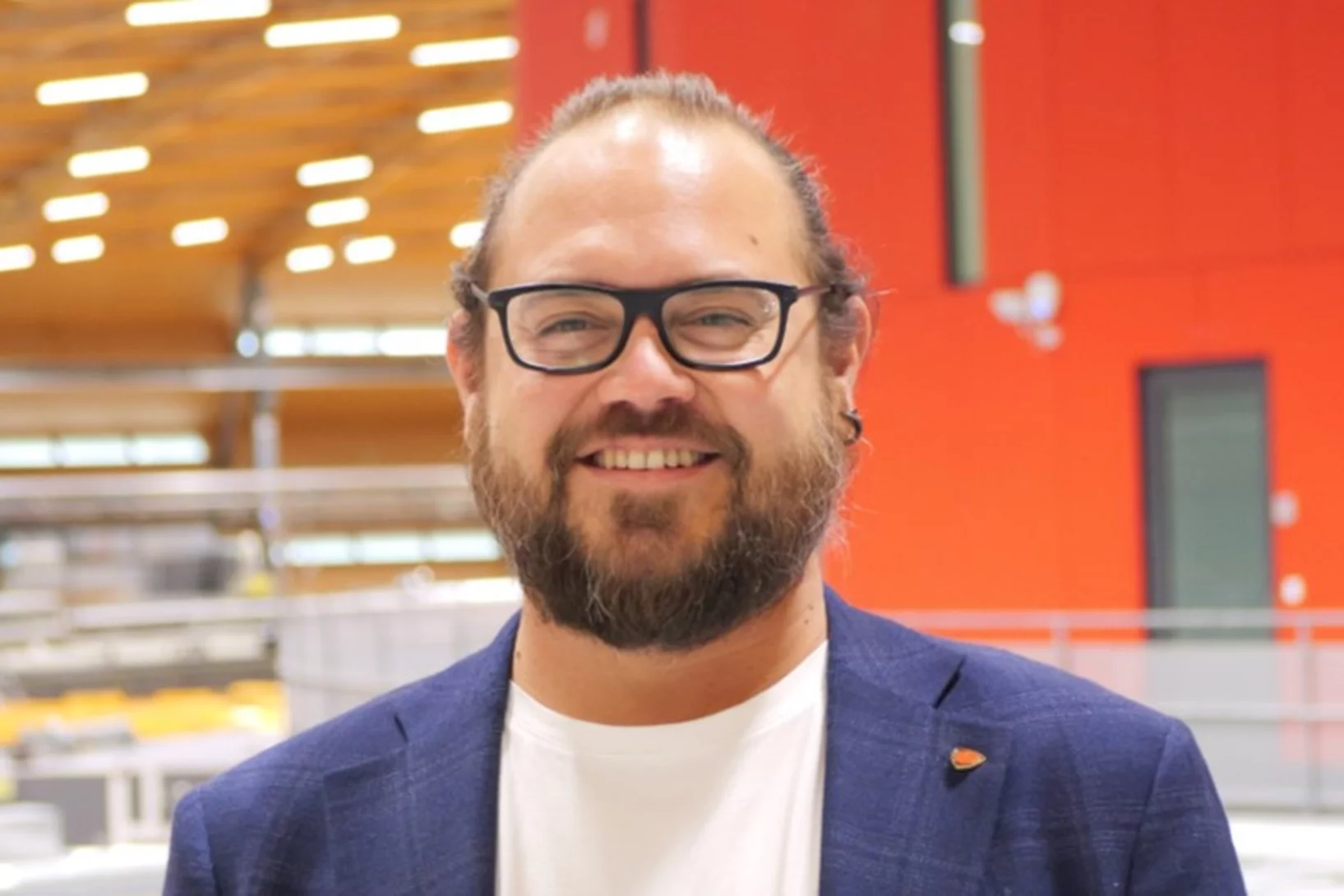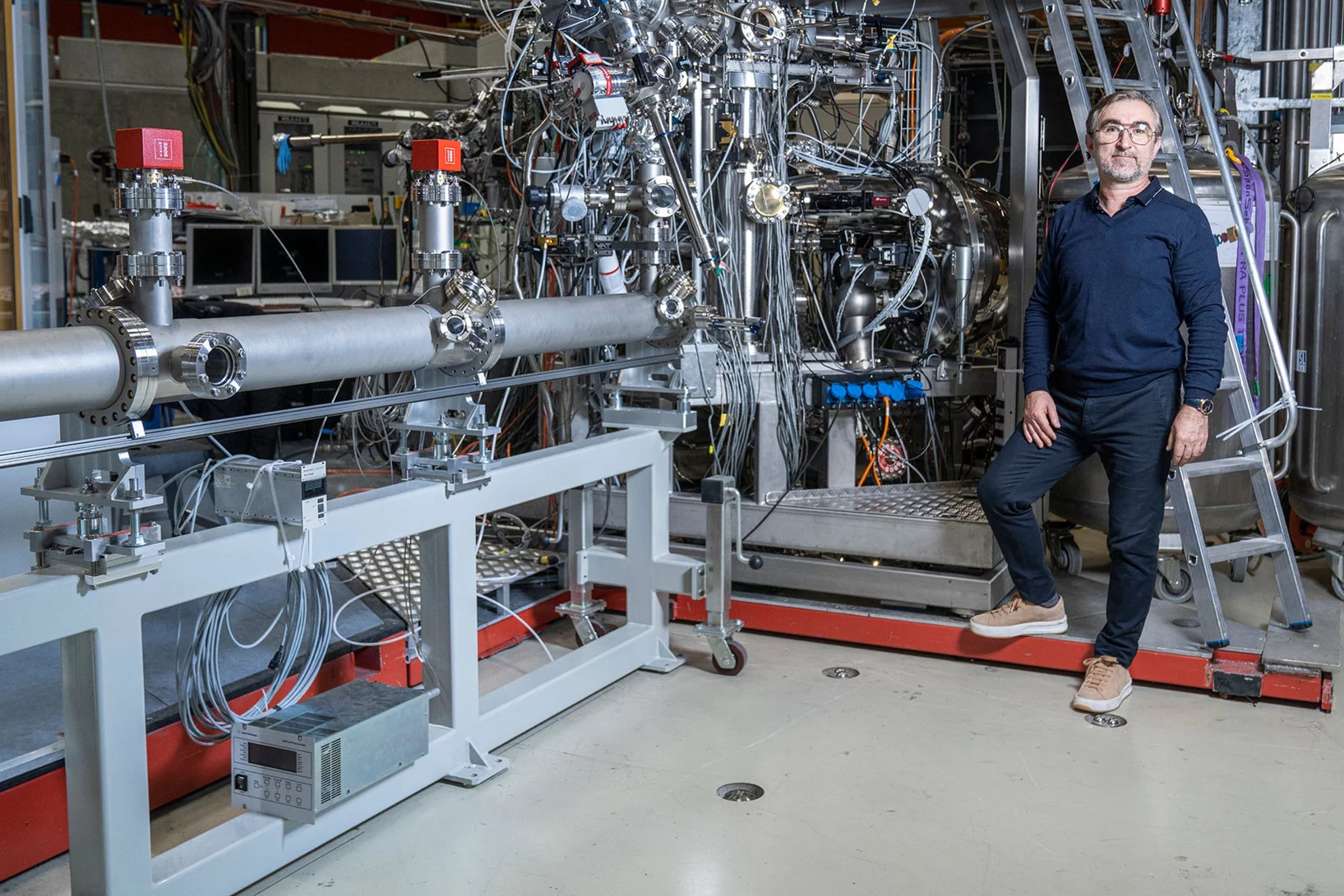Cobalt-free layered perovskites RBaCuFeO5+d (R = 4f lanthanide) as electrocatalysts for the oxygen evolution reaction
Co oxides with perovskite-related structure are particularly promising, cost-effective OER catalysts. However, the increasing Co demand by the battery industry is pushing the search for Co-free alternatives. Here we investigate the potential of the Co-free layered perovskite family RBaCuFeO5+δ (R = 4f lanthanide), where we identify the critical structural and electronic variables leading to high OER catalytical performance. The employed methodology, based in the use of advanced neutron and X-ray synchrotron techniques combined with ab initio DFT calculations allowed to reveal LaBaCuFeO5+δ as new, promising Co-free electroctalyst. Moreover, we could show that this material can be industrially produced in nanocrystalline form. We believe that the reported results and methodology may contribute to the implementation of new technologies aimed to generate energy with lower carbon emissions, and can also inspire the scientific community in their search of other Co-free materials with good OER electrocatalytical properties.
Additive manufacturing of alloys with programmable microstructure and properties
Using laser powder bed fusion (LPBF) technology, we devise special processing strategies to ‘program’ the thermal stability of the as-printed alloy, such that it is possible to decide, a priori, how the material’s microstructure will evolve upon heat treatment
Whitlockite in mammary microcalcifications is not associated with breast cancer
Microcalcifications, small deposits of calcium-containing minerals that form in breast tissue, are often, but not always, a warning sign of breast cancer. The relationship between microcalcifications and cancer has not been fully understood thus far. Researchers discovered now that the relationship between microcalcifications and tumors seems to be linked to the presence of a particular mineral called whitlockite, which is rich in magnesium and is found in microcalcifications only in the absence of tumors.
Efficient magnetic switching in a correlated spin glass
The interplay between spin-orbit interaction and magnetic order is one of the most active research fields in condensed matter physics and drives the search for materials with novel, and tunable, magnetic and spin properties. Here we report on a variety of unique and unexpected observations in thin multiferroic Ge1−xMnxTe films.
SLS 2.0: Für den Umbau pausiert das Licht
Im Zuge eines grossen Upgradeprojekts wird die SLS vorübergehend abgeschaltet.
3-D-Einblicke in neuartiges Fertigungsverfahren
Mit 3-D-Druck komplexe Formen herstellen
Unveiling ultra-thin electron liquids in silicon
Soft X-rays enable scientists to visualise non-invasively the electronic properties of ultra-thin dopant layers buried within semiconductor wafers.
Eine Metalllegierung wie ein Schwamm
Wenn die Vakuumkammern für das Upgrade SLS 2.0 die richtige Form haben, brauchen sie noch eine besondere Oberflächen-Beschichtung.
Ein sechs Meter hoher Ofen
In der Werkstatt des PSI werden die kompliziertesten Ausführungen der Vakuumkammern für das Upgrade-Projekt SLS 2.0 hergestellt.
Bright white coloring of Pacific cleaner shrimp revelead
In a study published in Nature Photonics, researchers at the Ben-Gurion University of the Negev, Israel, explain the bright, white-colored stripes from Pacific cleaner shrimps, one of the most efficient white reflectors found in nature.
Progress of the X06DA-PXIII beamline upgrade: First light in the optics hutch
On June 7, 2023, the PXIII project team successfully shone the first light into the optics hutch at the upgraded X06DA-PXIII beamline. It is an essential first step for testing new hardware and software solutions that will be implemented at SLS2.0.
Tender X-rays show how one of nature’s strongest bonds breaks
Short flashes of an unusual kind of X-ray light at SwissFEL and SLS bring scientists closer to developing better catalysts to transform the greenhouse gas methane into a less harmful chemical.
500 Vakuumkammern für den neuen Ring
Wie die Röhre entsteht, durch die nach dem Upgrade-Projekt SLS 2.0 die Elektronen sausen werden.
Neues Verfahren für noch kompaktere Computer-Chips
Forschende des PSI nutzen extremes UV-Licht zur Herstellung winziger Strukturen für die Informationstechnologie.
A deep look into hydration of cement
Researchers led by the University of Málaga show the Portland cement early age hydration with microscopic detail and high contrast between the components. This knowledge may contribute to more environmentally friendly manufacturing processes.
Quality control of future transistors: Tackling the challenge of looking at atoms buried in silicon without moving them
Tackling the challenge of looking at atoms buried in silicon without moving them
X-rays make 3D metal printing more predictable
Insights into the microscopic details of 3D printing from the Swiss Light Source SLS could propel the technology toward wider application
Röntgenblick nach Herztransplantationen
Synchrotronlicht hilft dabei, nach einer Herztransplantation zu beurteilen, ob und wie stark der Körper das neue Organ abstösst.
The Hercules School visits PSI
20 international students visited PSI as part of the renowned Hercules School to learn about our state-of-the-art techniques and methodologies at our large scale facilities.
So entstehen Fussballmoleküle im Weltall
Ein internationales Forscherteam zeigt, wie sich Fullerene im Weltall bilden.
A star is born
Swiss Light Source SLS reveals complex chemistry inside ‘stellar nurseries’
Hightech-Unternehmen VDL ETG wird Nachbar des PSI
Das niederländische Unternehmen VDL ETG hat einen Mietvertrag mit dem Park Innovaare unterzeichnet.
Visualizing Higher-Fold Topology in Chiral Crystals
Novel topological phases of matter are fruitful platforms for the discovery of unconventional electromagnetic phenomena. Higher-fold topology is one example, where the low-energy description goes beyond standard model analogs. Despite intensive experimental studies, conclusive evidence remains elusive for the multigap topological nature of higher-fold chiral fermions. In this Letter, we leverage a combination of fine-tuned chemical engineering and photoemission spectroscopy with photon energy contrast to discover the higher-fold topology of a chiral crystal.
Discovery of a large unquenched orbital moment in a 2D van der Waals ferromagnet
3d transition metals often exhibit a quenched orbital moment when in a solid state system. Therefore, the proposition of a large unquenched orbital moment for V in VI3 caused some surprise and discussion in the scientific community. Experimental and theoretical works diverge on the fact of whether the orbital moment is quenched or not. In our work we have been able to give an answer this open issue, proposing also a model for the ground state of VI3.
X-ray tomography helps understand how the heart beats
Researchers at the Swiss Light Source SLS use X-ray phase contrast imaging to study a heart in action as it beats.
Solidification modes during additive manufacturing
The thermal conditions during laser-based additive manufacturing are inferred from high-speed X-ray diffraction data and can be linked to a model for rapid solidification.
Fate of charge order in overdoped La-based cuprates
In high-temperature cuprate superconductors, stripe order refers broadly to a coupled spin and charge modulation with a commensuration of eight and four lattice units, respectively. How this stripe order evolves across optimal doping remains a controversial question. Here we present a systematic resonant inelastic x-ray scattering study of weak charge correlations in La2−xSrxCuO4 and La1.8−xEu0.2SrxCuO4. Ultra high energy resolution experiments demonstrate the importance of the separation of inelastic and elastic scattering processes.
Unusual ferrimagnetism in CaFe2O4
Rare ferrimagnet states in a phase competing antiferromagnet.
Manuel Guizar-Sicairos appointed as Associate Professor at EPF Lausanne and head of the Computational X-ray Imaging group at PSI
Dr. Manuel Guizar-Sicairos, currently Senior Scientist at PSI, was appointed as Associate Professor of Physics in EPF Lausanne and head of the Computational X-ray Imaging group in PSI.
Neue Materialien für den Computer der Zukunft
Forschende identifizieren und untersuchen Materialverbindungen, deren spezielle Eigenschaften neuartige Mikrochips möglich machen könnten.
PSI Scientific Reports
Archive 2006-2012. The Scientific Reports – containing accounts of research topics from all the different areas – provide an impression of the variety of subjects researched at PSI.
